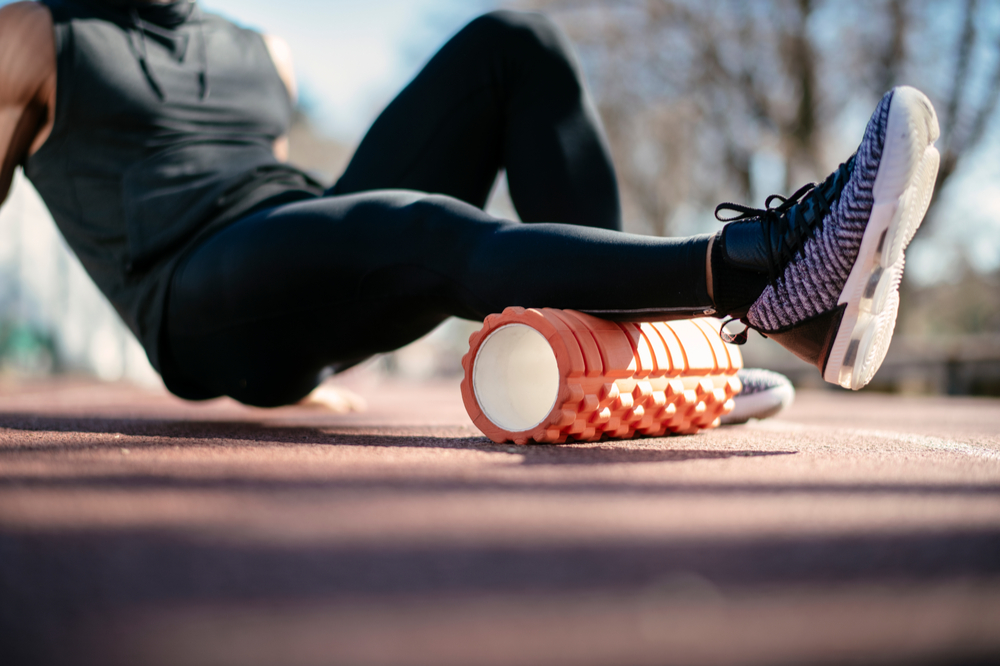Myofascial release has become increasingly popular after training, much sought after by those who practice physical activity.
With the practice of myofascial release, it promises to reduce pain and relieve muscle tension after training.
Although it is very easy to do, many people do not know what myofascial release really is and what it is for.
Adverts
So we brought here all the information to answer your questions.

MYOFASCIAL RELEASE
Myofascial release is a type of massage that can be done using a foam or PVC roller.
Adverts
What is fascia?
Fascia is a sheet of tissue that serves to separate different structures of the body. Thus, it involves several internal structures such as:
- Bones;
- Joints;
- Nerves;
- Organs;
- Muscles.
In muscles, fascia surrounds, connects, and supports the muscles. Therefore, it works to protect muscle fibers against friction and coordinate movements.
However, some people may have thicker and more rigid fascia. Then there is difficulty in movement, lack of strength and even posture problems.
See too:
Finally, myofascial release appears as a massage technique to relax the fascia and improve all the functions linked to it.
Therefore, myofascial release is important for:
- Increase flexibility;
- Improve joint mobility;
- Increase performance in physical activities;
- Stimulate blood circulation.

HOW TO PERFORM MYOFASCIAL RELEASE?
To do this release, you need to apply pressure to certain points on the body. For this you can use:
- Foam rollers;
- PVC sticks;
- Massage balls;
- Hands.
In addition to the variety of items that can help you with myofascial release, it can be done on various parts of the body, such as:
- Shoulders;
- Neck;
- Arms;
- Jaw;
- Back;
- Head;
- Legs;
- Feet;
- Hips.
You can do the massage using the myofascial release technique alone. But in the case of self-massage, it's better to use objects to help you and leave your hands aside.
Then take a foam roller or massage ball and make back and forth movements applying light pressure.
As with anything else, it is important to be consistent to get good results. In the case of myofascial release, it is no different.
It is necessary to apply the technique correctly daily so that the fascia actually becomes more flexible and relaxed.

BENEFITS OF MYOFASCIAL RELEASE
We will now show you the benefits of myofascial release:
RELIEVES PAIN
Stiffness in the fascia can be linked to muscle pain and restricted joint movement. Thus, myofascial release helps to make the fascia more flexible and relaxed.
As a result, we have more freedom of movement and less muscle and joint tension. So reducing the pain.
REDUCES THE RISK OF INJURY
When you do myofascial release, you feel looser and more relaxed after a session, so it's good for both your workout and lowering your risk of injury.
Furthermore, having less tension in the body and more freedom of movement even improves incorrect body posture.
IMPROVES PERFORMANCE
Performance in physical activities tends to improve after performing myofascial release. Massage improves blood flow, which is great for explosive exercises.
Myofascial release also helps with range of motion, which ends up having a big impact on your performance.
ACCELERATES RECOVERY
Any type of massage can stimulate blood circulation. Therefore, myofascial release accelerates recovery after intense muscle training.
With more efficient blood circulation, more nutrients reach the muscles, which means much faster tissue repair.



